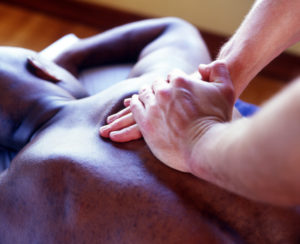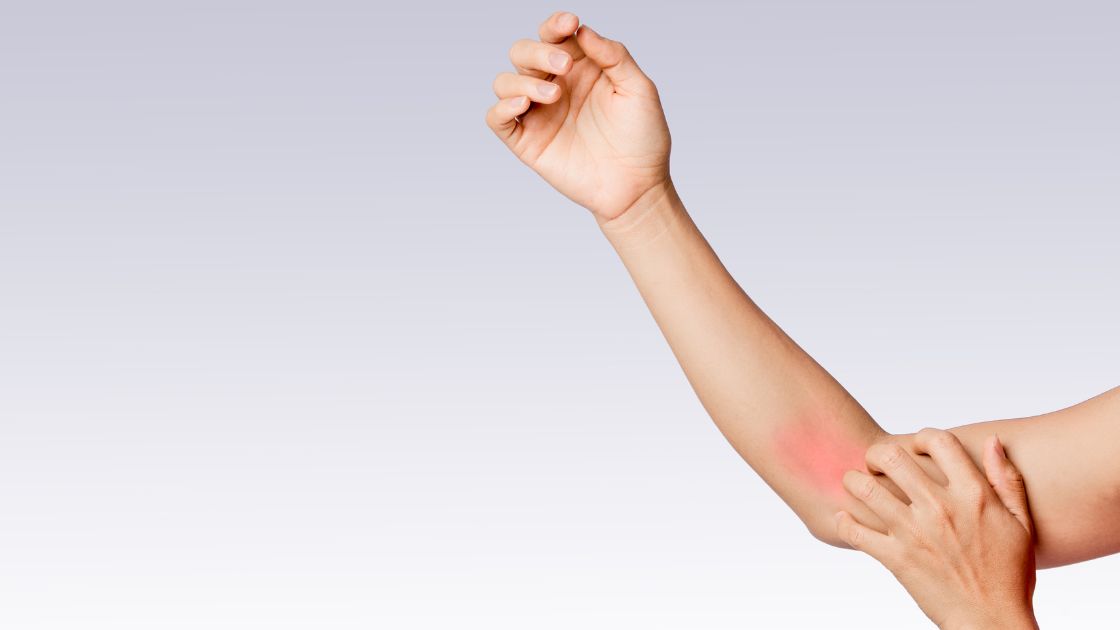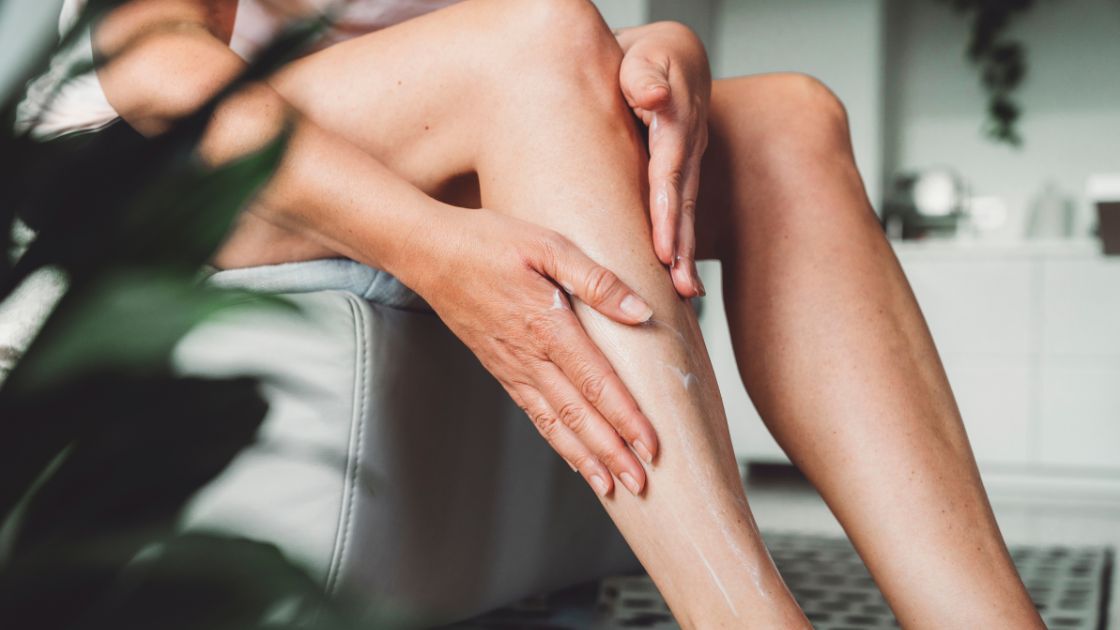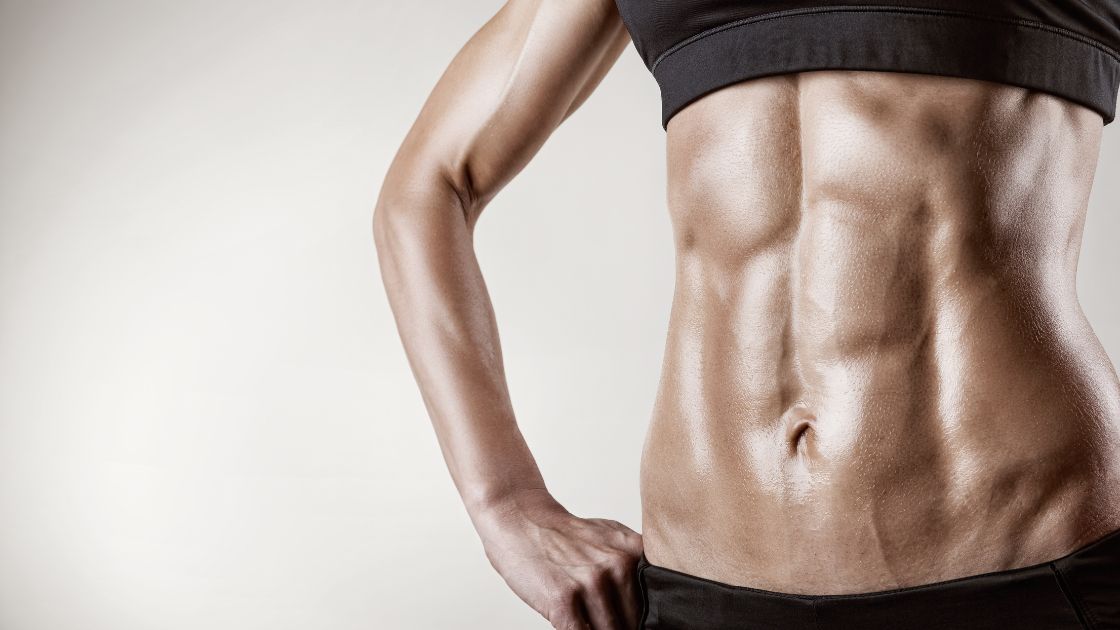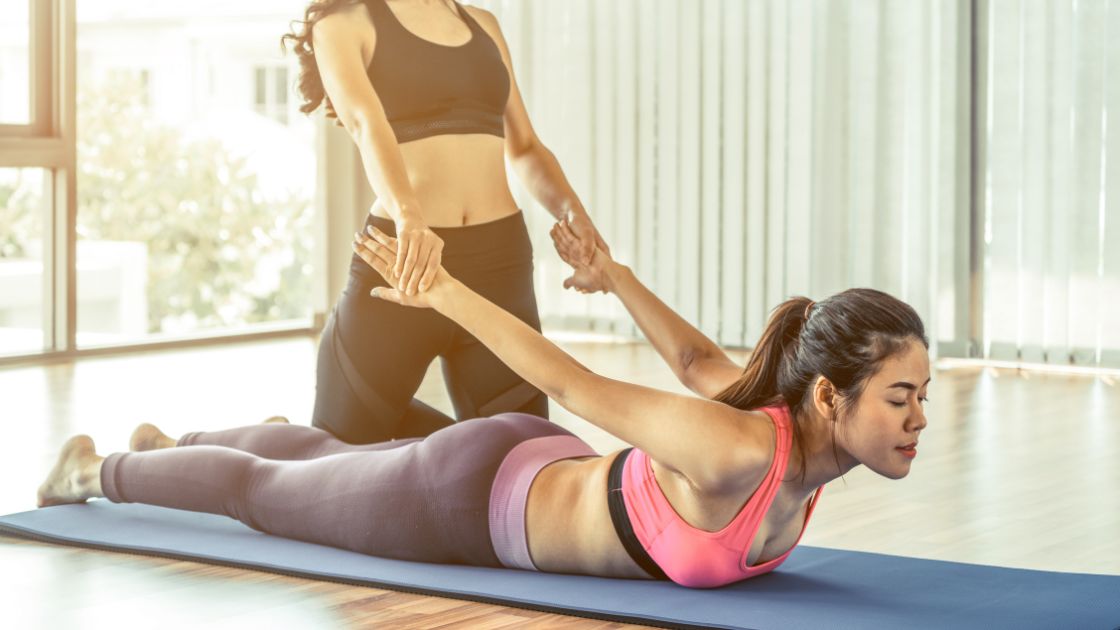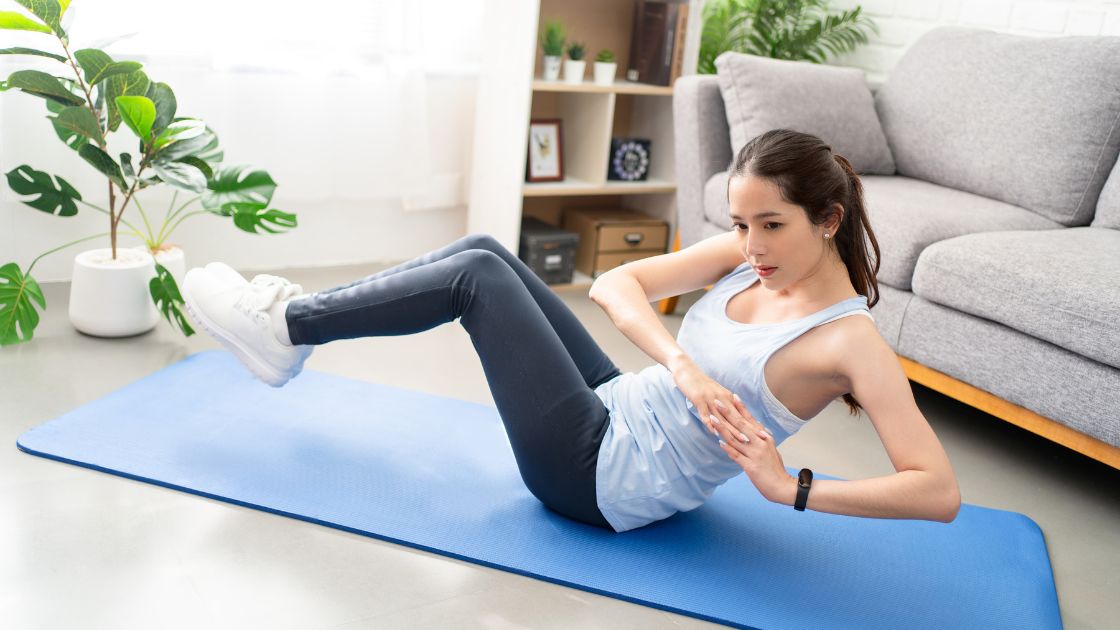Benefits of Massage for Athletes
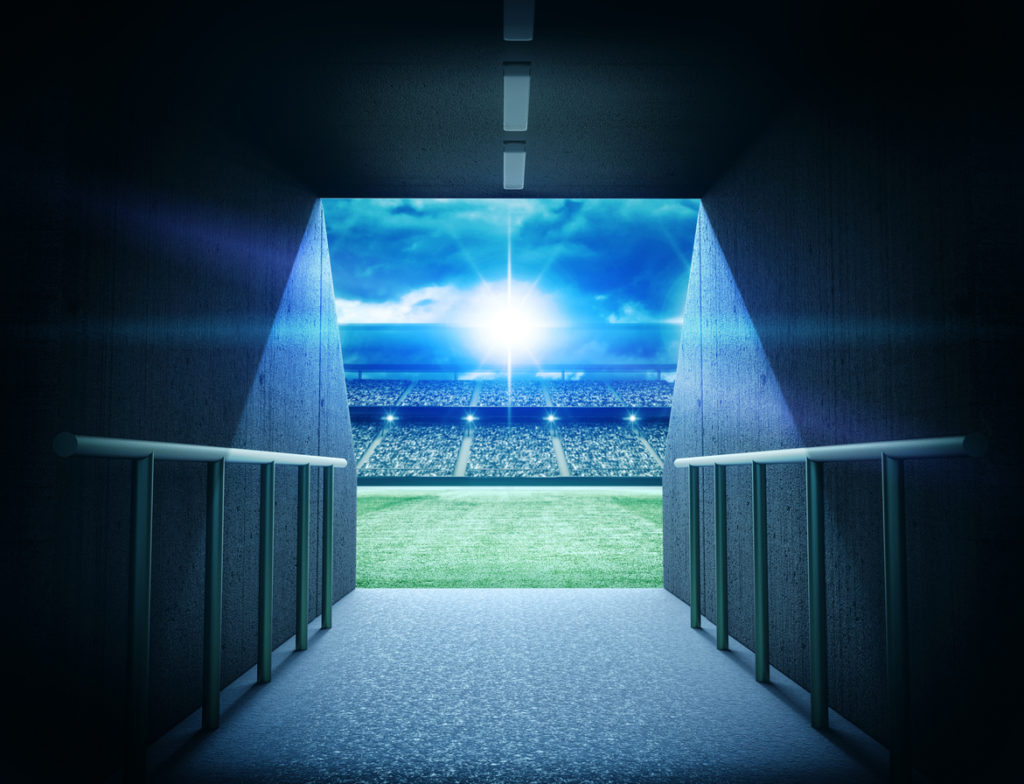
Athletes have sworn by massage therapy for years, providing anecdotal evidence that massage improves athletic performance. But, there is scientific, peer-reviewed research that proves that massage therapy increases sports performance. This research points to several different factors on how massage therapy improves performance and flexibility, reduces pain, prevents injury, encourages focus and shortens recovery time.
Massage for Professional Athletes
Many professional sports teams employ a massage therapist full time. However, one massage therapist for a sports team generally cannot massage each player, each week. So, athletes turn to private massage therapy organizations for the work their body needs to perform at their highest level.
Consider a professional football player by the name of James Harrison. After 15 years, most experts agree he is on track for the Hall of Fame and he had a terrific season in 2016, at age 38. How does he continually do it considering the average career for an NFL player is less than 5 years? Harrison has been the subject of many NFL documentaries that detail out the way in which James takes care of his body, spending over $500,000 a year on body work that includes acupuncture, chiropractic care, and massage therapy.
What Does Massage Therapy Do?
Most athletes can feel that their body is relaxed after a massage. But, what does that exactly mean, physiologically? Relaxation dilates blood vessels and promotes efficient circulation through the body. This means more oxygen, water, and nutrients reach the muscles (and all other tissues of the body). Additionally, efficient circulation leads to a quicker removal of waste materials that can build up in muscles. When toxins build up in muscles, over time, those areas can become trigger points, or myofascitis. Trigger points are painful areas of dysfunctional muscle tissue.
Dysfunctional muscle tissue creates weakness in the muscles. Therefore, a massage can promote faster healing and recovery, reduces muscle tension and soreness. By promoting relaxation, increasing circulation, and removing trigger points, massage can make a person stronger.
Increased Energy
Now, consider this. Massage therapy has also been shown by research to promote the growth of new mitochondria following strenuous activity. Mitochondria are the “powerhouses” of cells. Mitochondria are the parts of cells that convert our food into actual energy used by the cells. The more mitochondria you have in a cell, the more that cell can make energy to be used as work. The more energy an athlete has at the cellular level, the more they can perform. The key part of this particular research article was “following strenuous activity”. The net effect of this physiological response is that massage following high intensity activity can help build muscle tissue and make muscles perform at a higher level.
Athletes generally practice and compete at their highest levels. Massage therapy allows them to get the most from their body. Like exercise, the benefits of massage are cumulative, meaning the more often you receive massage therapy, the greater the benefit you receive. A typical massage schedule for high performance athletes is 2 days before a competition, and immediately following.
Written by: Randy Moyer, DC

